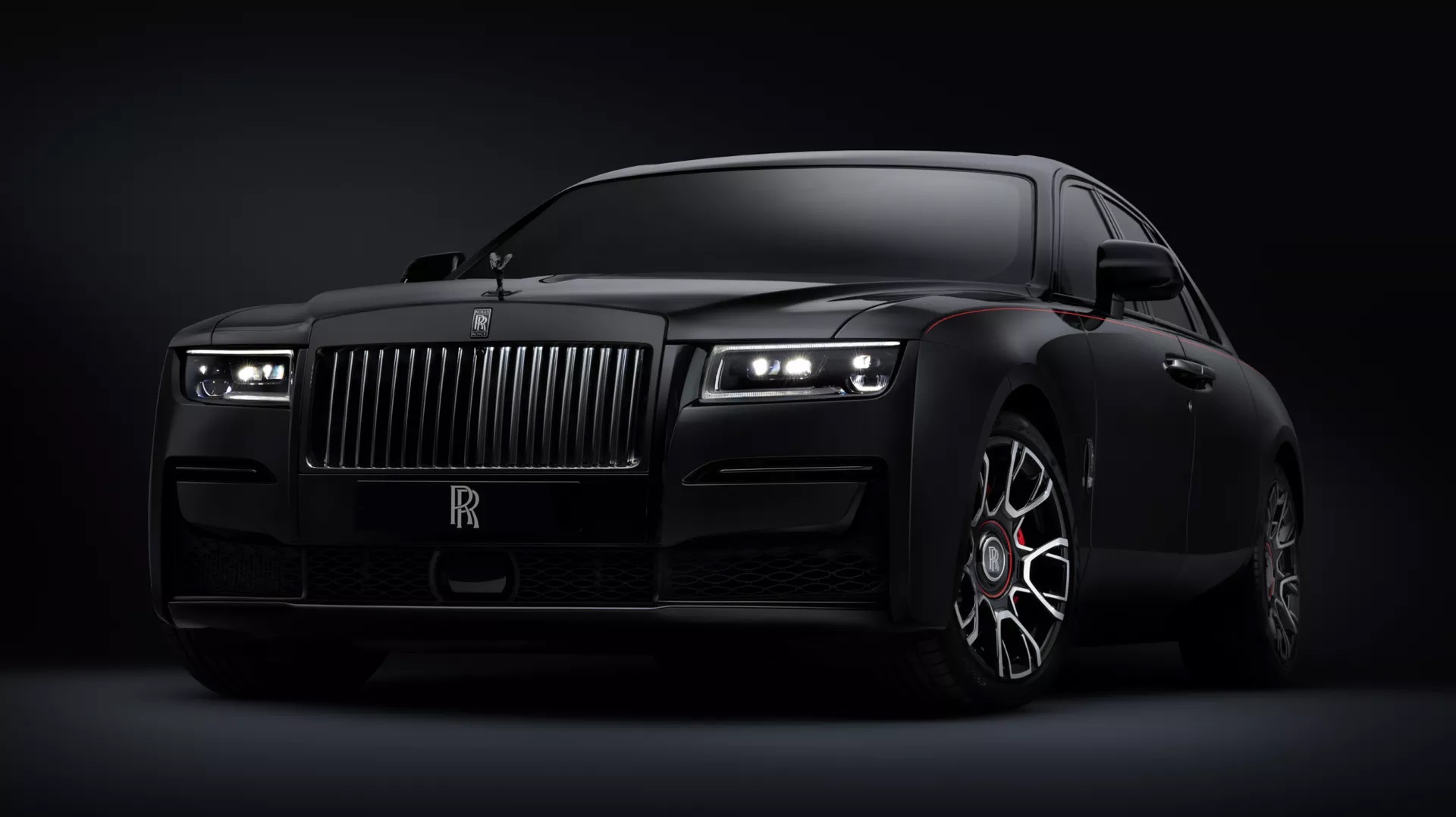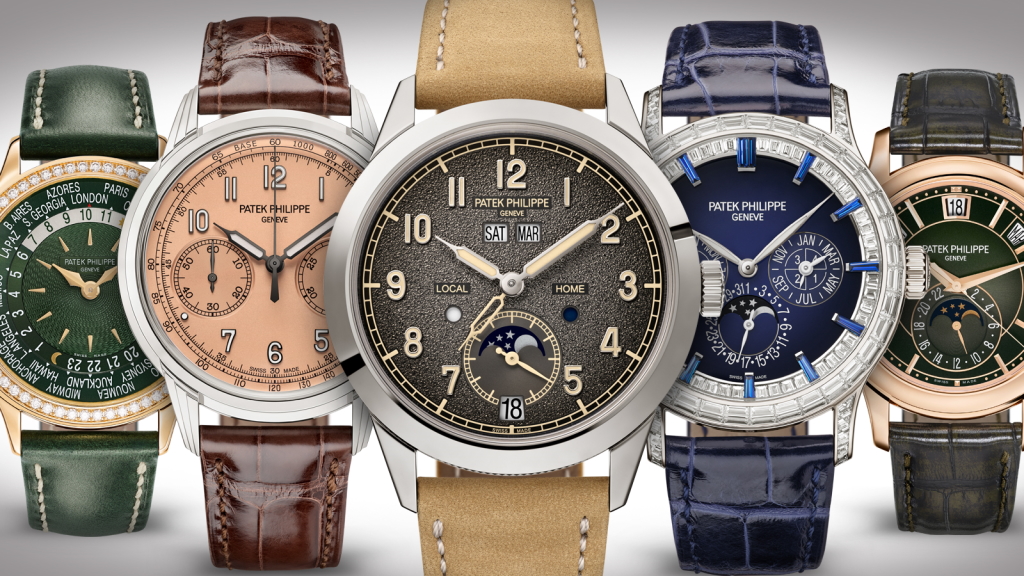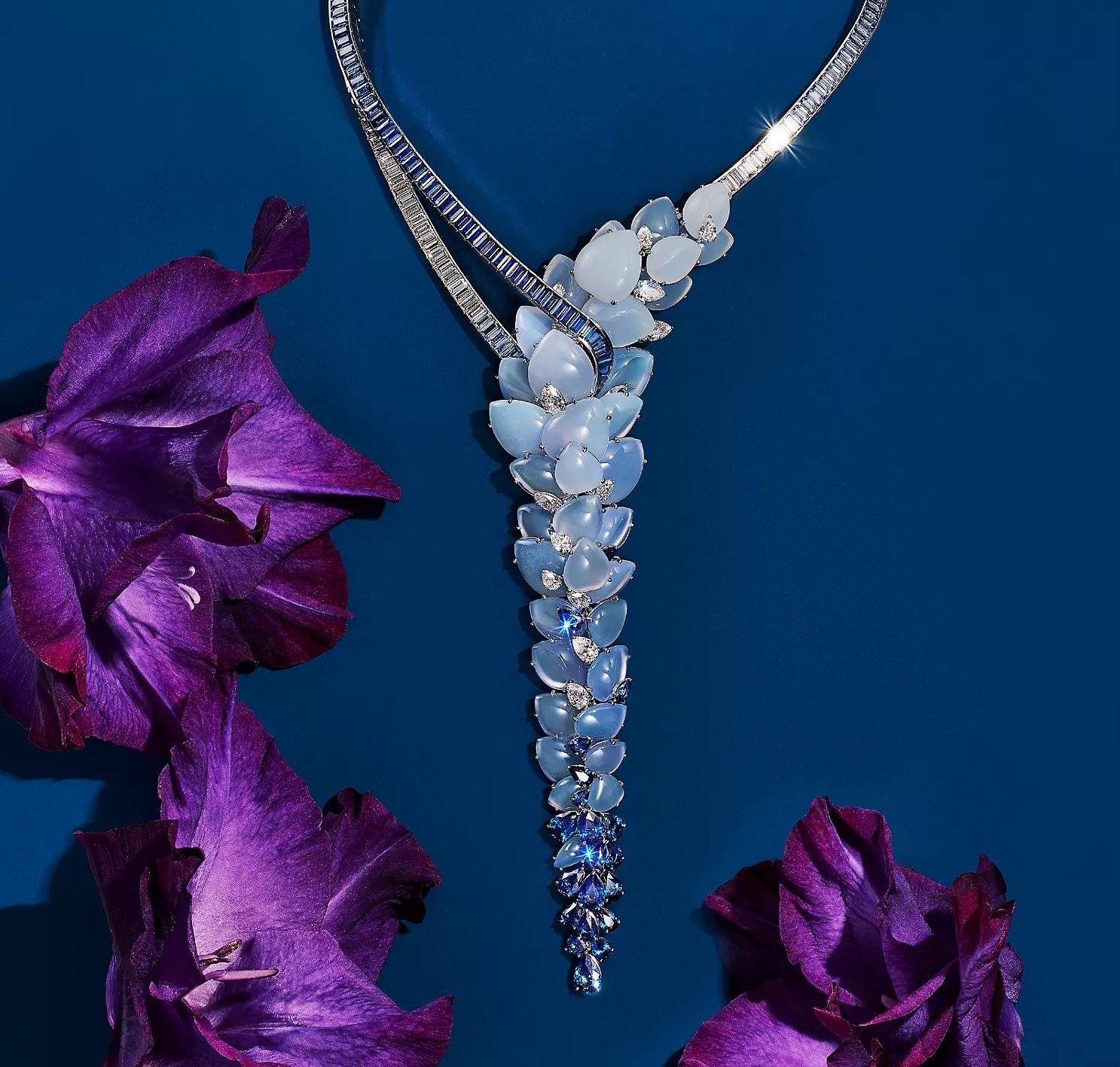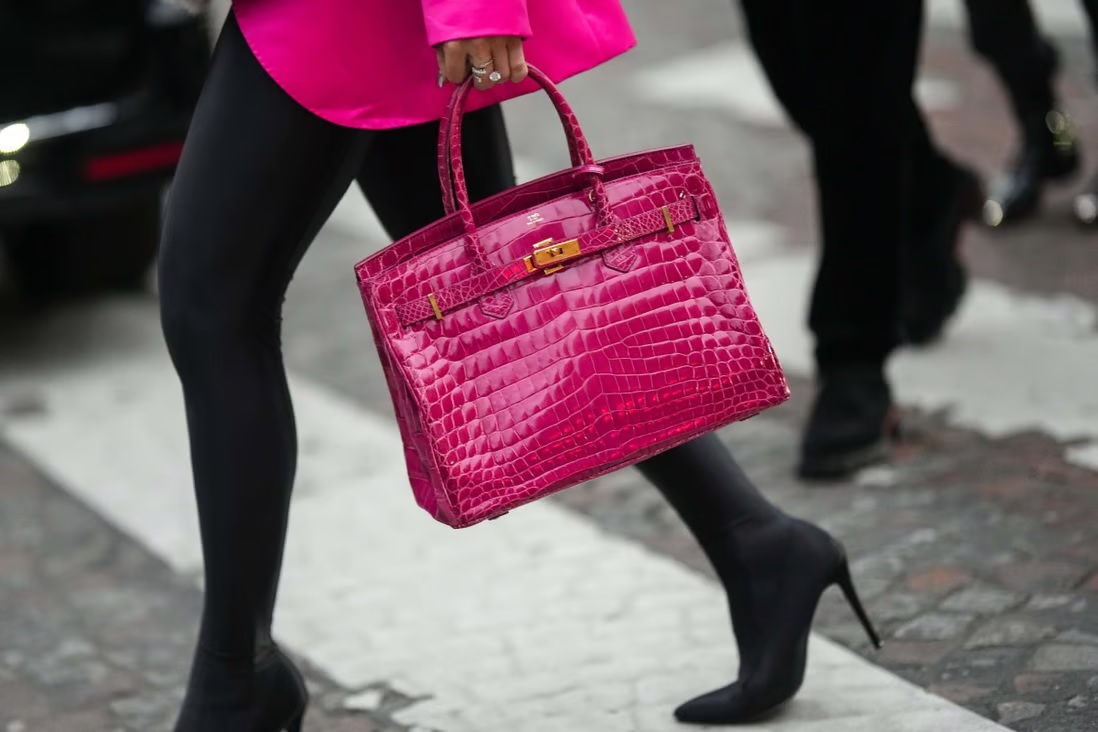During periods of economic uncertainty, logic posits that spending, especially on non-essential/discretionary goods, would drop. In the last year, however, unprecedented revenue from luxury brands has thrown this logic on its head, causing everyone to question what is behind the increased desire to buy and buy luxury goods.
Luxury autos are parking in never-seen-before profits
From Ferrari to Bentley, Lamborghini to Rolls Royce, luxury automakers have posted record-high revenue for FY 2022. For example, Rolls Royce reported that for the first time in its 188-year history, it exceeded 6000 deliveries in a single 12-month period and exceeded its target. Bentley too: the British automaker exceeded 15,000 deliveries in 2022, the first time in its history it would do so.

Almost all of these brands have confirmed orders well into 2023, so, it would not be amiss to say that they are set to break records once again and bring in even more profit this year.
For luxury timepieces the aphorism, ‘time is money’ has never been more true
Luxury automakers are not the only ones experiencing increased revenues and profits; luxury timepieces are having their moment too. Swatch Group, the conglomerate that owns brands like Omega and Breguet announced that its sales went up by 25% in 2022. in fact, it had to increase the prices of its pieces by 5% to 7% to control demand.

As did other luxury timepiece brands like Zenith, Patek Philippe and even Rolex which is famed for increasing their prices once a year. While some may argue that it is to meet up with the cost of production, luxury brands are often forced to raise prices to stem demand, which appears to be what is happening here.
Not even luxury fashion is left out
According to the LVMH annual revenue report, its fashion and leather goods division saw a 22% revenue increase from 2021. Hermès’ leather goods and saddlery arm recorded a 15.6% increase, while Richemont, which has not published its earnings for FY22, appears to have enjoyed increased profits as well if its H1 2022 report is anything to go by.

Most of these luxury brands attribute their high sales to America, the Middle East and even Asia. But a recent report shows that Africa may also be a strong contributor to this success in at least one category – luxury timepieces.
As of February 2023, sales of luxury timepieces on the continent had reached US$262.8 million with South Africa responsible for almost half of the amount (a total amount of US$125.3 million comes from it alone). Statista, an online data company, believes that purchases in this category will only continue to increase on the continent in the coming years.
All of these numbers beg the question: why are luxury goods recording such high revenues even in Africa where many countries are experiencing macroeconomic challenges?

The answer is in the resale market. According to McKinsey, the pre-owned luxury timepiece market is predicted to reach US$30 billion by 2025. Another study by IMARC predicts that the secondary luxury goods market will be valued at US$ 51.0 billion by 2028. And while the prices of some pre-owned luxury goods may not be as high as they were in 2020, they are still good enough to make these products a good alternative investment choice.
And this is why, poor economic outlook or not, luxury brands would continue to report high revenues: as long as their products continue to hold/surpass their value, the wealthy all over the world, including Africa, will continue to seek them out as sound alternative investment pieces.
